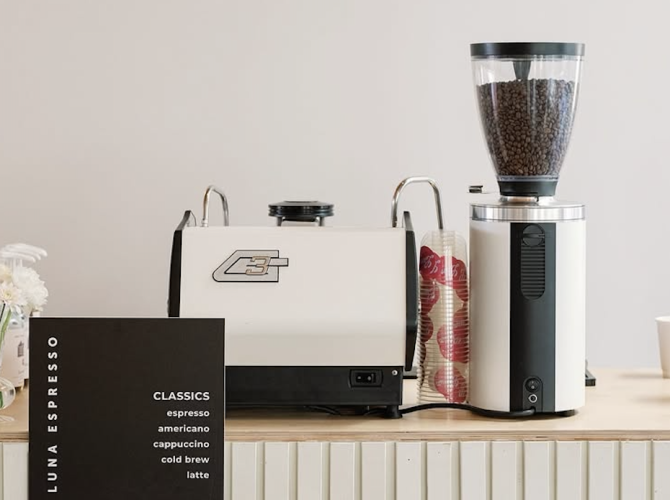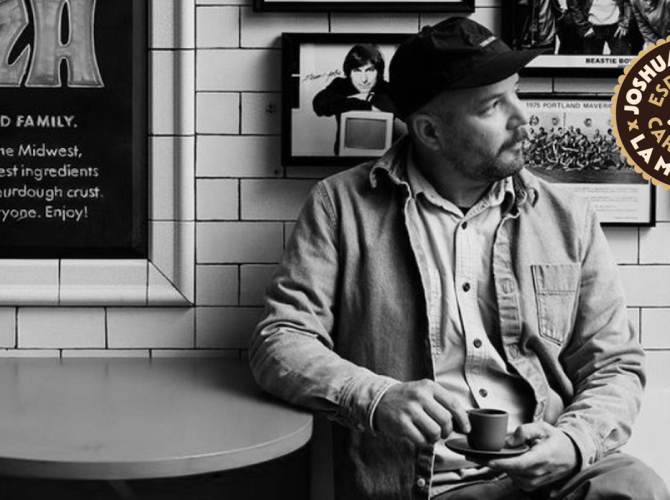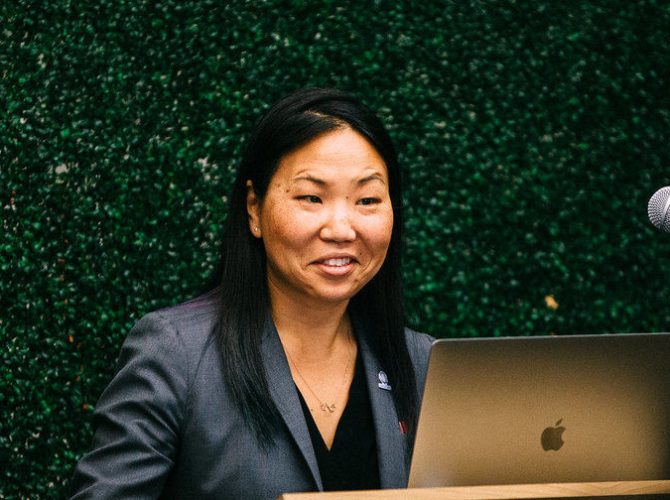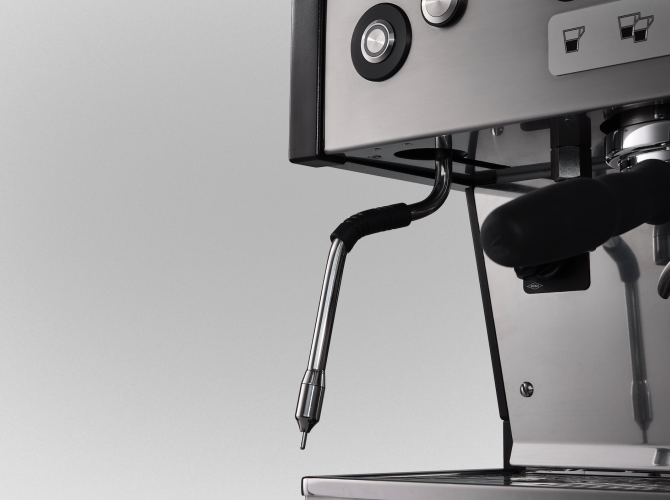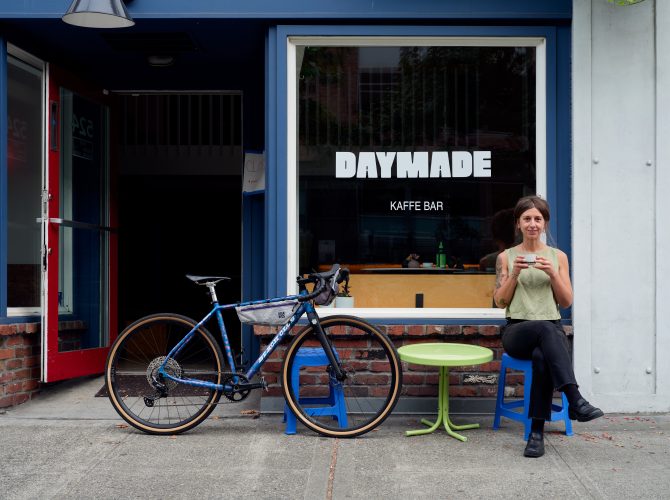Written by Jordan Michelman.
La Marzocco USA works with a lot of great people, of every possible stripe and inclination, in all fifty states, from tiny little shops to impressive multi-location operations to lifestyle boutiques and stationary shops and everything in between. But when multiple people on the La Marzocco team make a point of saying, “Dude, you have to check out Banh By Lauren”—that really gets my attention.
Their enthusiasm here is for good reason. Banh By Lauren is, first and foremost, an ambitious and delicious modern Vietnamese-American bakery, located in the very buzzy Two Bridges / Chinatown district of Lower Manhattan, where a great many number of very cool new restaurants, bars, and galleries have opened in the last few years, adding to the neighborhood’s long proud history of outstanding options for food, drink, and culture. Glowingly featured by many press outlets (including multiple NYT mentions), chef and co-founder Lauren Tran, formerly of Gramercy Tavern, has drawn praise for her chewy, fragrant pandan bánh bò nướng and chiffon cake in flavors like Thai tea and Vietnamese coffee. But the coffee component doesn’t end there: Tran’s husband and co-founder, Garland Wong, mans a decidedly upmarket and considered specialty coffee program that fuses Vietnamese cafe traditions with a modern approach.
The result is something to get excited about, the sort of place where the coffee is as good as the pastries, and both happen to be great. I was thrilled to sit down with Lauren Tran and Garland Wong to learn more about their work at Banh By Lauren, and spoke with them fresh from their experience as a featured partner at the recent Welcome Conference in New York, where the coffee service is presented by La Marzocco.

Hi Lauren! Hi Garland! First things first, how was Welcome Conference?
Lauren Tran: It was awesome! It was crazy. It was our first time being on the other end; the last two years we attended the conference and this year was our first time doing the coffee. It was a wild, crazy set-up and very busy, and I very much realized how spoiled we are by the set-up we have in our cafe. This experience made me realize like, oh—actually we did a pretty good job setting up our own coffee program!
There’s nothing like a busy event. Did y’all bring along any of your baked goods for the conference?
LT: No, just coffee, but we did bring our own pandan syrup so people could get pandan lattes or cappuccinos, and that was really popular.
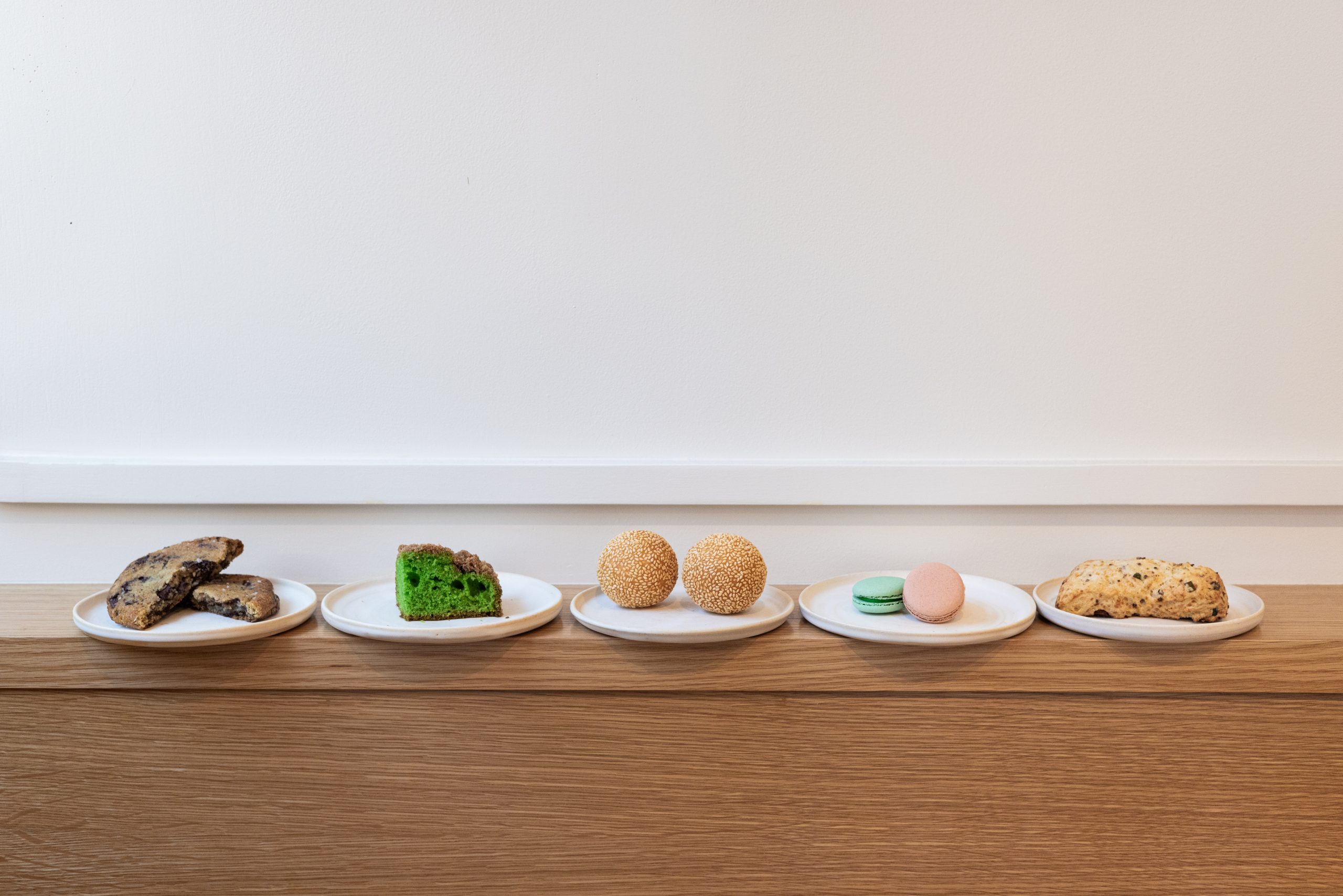
Lauren and Garland, I want to ask—you’re doing so much at your cafe, both as a bakery and as a coffee program, and so I wonder how you think about that split internally. Are you…a bakery that happens to have good coffee? Are you…a coffee bar that is also a bakery?
LT: You know, I would honestly say we are a Vietnamese-American and French bakery and cafe. We focus on making traditional Vietnamese desserts, but also French desserts and some American desserts as well. And in terms of the coffee program, we have some Vietnamese drinks inspired by drinks in Vietnam throughout the country—north, central, and south—as well as classic specialty coffee drinks with our own twists to them. For a lot of pastry and coffee shops, you can only focus on one part of the experience, and so the other part just winds up not being as strong. But for me and Garland, we want the coffee to be as strong as the pastry part, and in my experience, that’s something pretty rare.
Why do you think that is? Why is that rare?
LT: You know, I think that’s because it’s really hard to do both well. Because you have to be someone who cares. They are two programs that are really different. For us, the key is having two different people running things, where one person is really invested in doing the coffee and one person is really invested in doing the pastries. I think dividing and conquering those two is huge. A bakery and a coffee shop can be two different businesses, but bringing them together and doing quality control at both ends is hard.
We want people to have this place be a destination for both coffee and pastries.
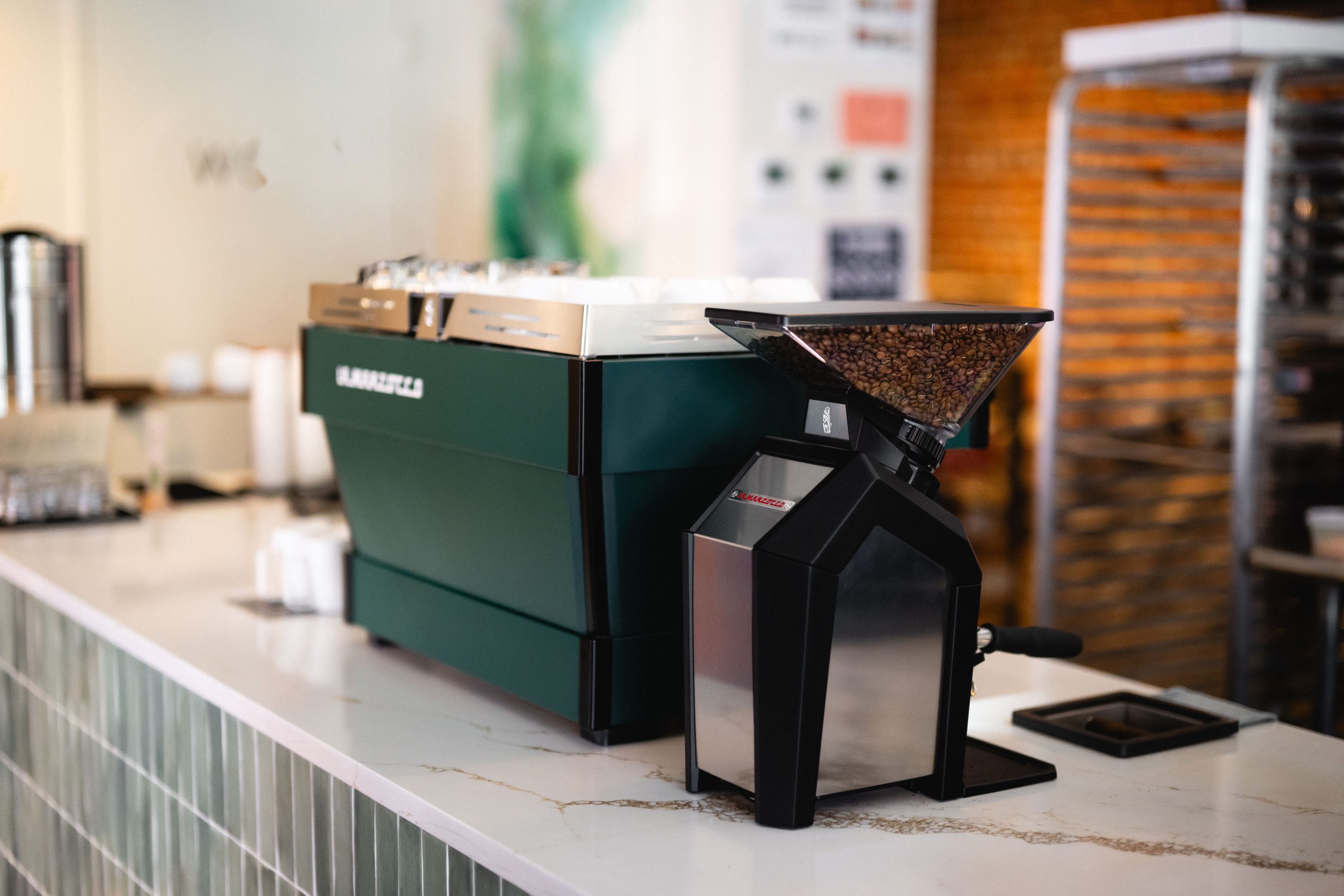
Tell me more about your coffee program—what gear are you using, what coffee are you serving, tell us everything.
Garland Wong: On the espresso side, we are using a Linea PB with scales, the AV version. We’ve got a Mahlkonig E80 grind by weight and E65 S grind by weight, a PUQ press, and then on the filter side we’re using the Curtis G4 and a EK43 grinder. The scales help a lot, and the grind by weight really helps a lot. For coffee, we use Heart Roasters Phono for our espresso, and then we choose different single-origin coffees for our filter.
I notice that you’re working with coffee not just for drinks, but also as a flavor in your bakes — in the Cà phê chiffon cake, for example. Please tell me more about the creation of that cake, and how you’ve integrated coffee into your bakes.
LT: I obviously love coffee, and coffee-flavored pastries are probably one of the flavors that I’ll always be more likely to choose. And so the Vietnamese coffee chiffon cake is a tribute to a ca phe sua da, a Vietnamese coffee with condensed milk. I actually tried making it first with really great specialty coffee, but it didn’t have the right profile; it wasn’t dark enough. So, for that cake, I actually started out using Cafe Du Monde to get that nostalgic flavor and then pairing it with a condensed milk mousse. But when we make the cake now in the shop, we use Necessary Coffee Roasters, which is a little darker than the Heart Coffee, to get it a little closer to the profile of French roast.
When I brew coffee to make the cake, we use the traditional phin dripper, but when someone orders a Vietnamese coffee in the shop, we actually have our La Marzocco programmed to make a phin-style shot.
Oh that’s super interesting, tell me more about that.
GW: It’s an extra long shot, essentially. Our standard double espressos yield something like 30-35 grams, but our phin-style shots are more like 60 grams out. Extra long, extra big, and super efficient. The Linea PB is programmable, and it’s been really smart for us to make the coffee this way.
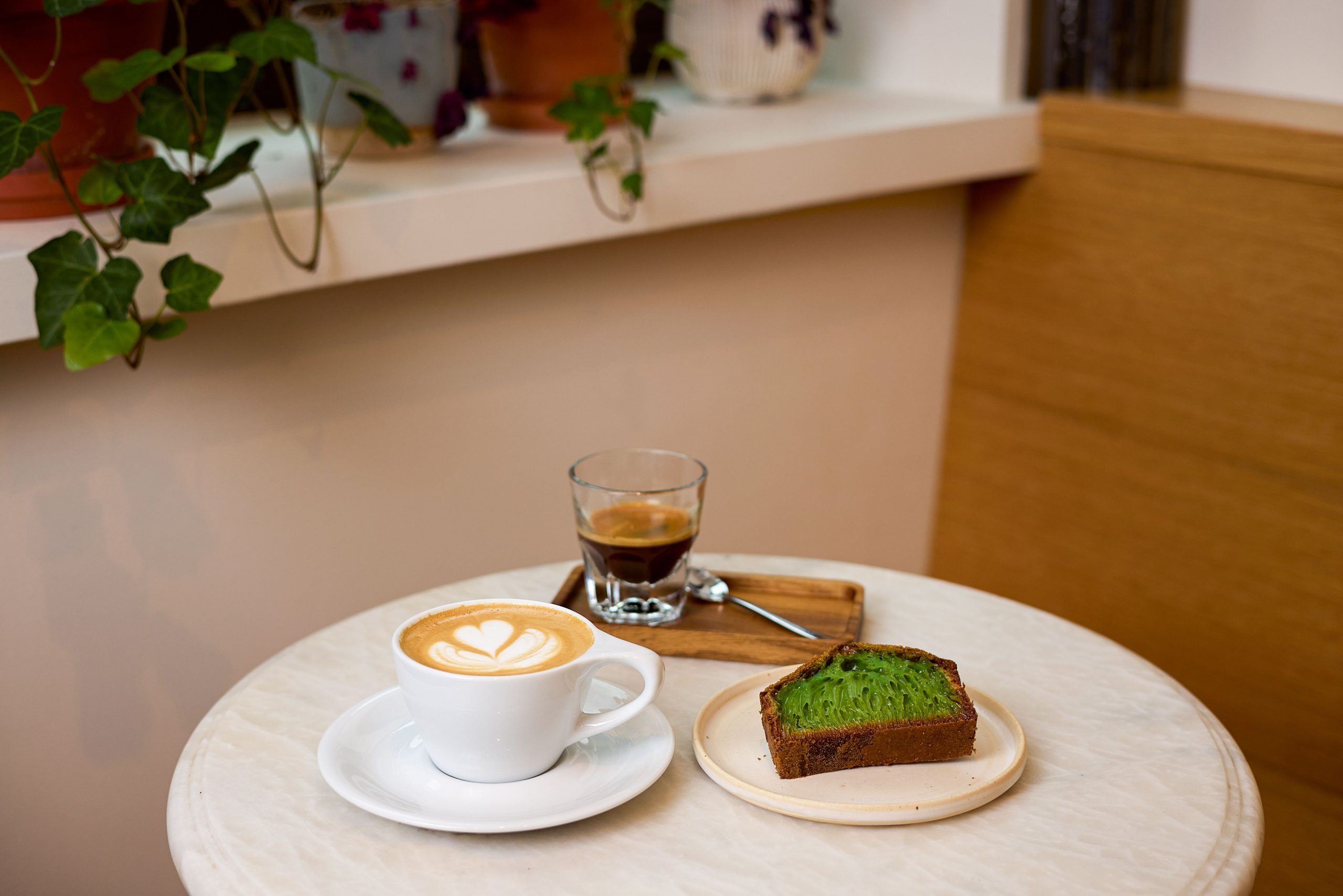
Speaking of coffee, you have some really interesting drink items on your menu — a chilled coffee with sweetened lime, and also one of my favorites, a coffee egg custard. What was the menu development process like for you? Did you work with a coffee expert on this or develop in-house?
LT: Our friend Ryan Rhodes helped open the shop with us, and I had actually worked with him previously at Canlis out in Seattle. He’s been a barista forever, and he helped really grow the coffee program at Canlis. When he came out to New York, I asked him to help us open, and it was very collaborative. Garland and I also went to Vietnam for R&D and brought back ideas; egg coffee was one of them, and the ca phe muoi, or salted coffee, is another. We worked a lot on flavors together. Making a really good black sesame paste and pandan syrup is something we all worked hard on, and it took a long time to nail down those recipes.
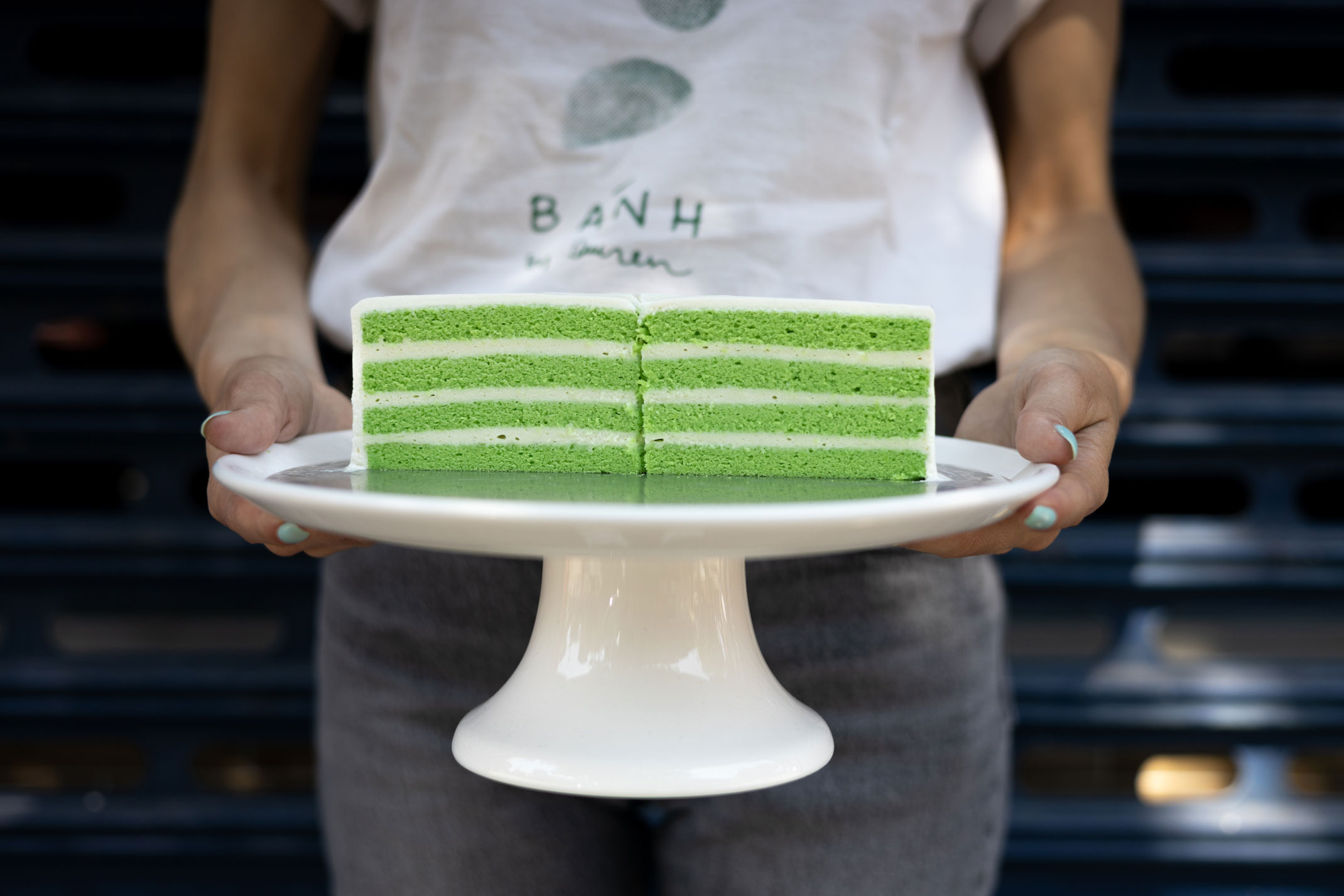
If I’m visiting Banh By Lauren for the first time, what do you think is the perfect order?
LT: I think, if you’re coming for the first time, the honeycomb cake is the most traditional Vietnamese dessert, and it’s our signature. Along with that, get a pandan coconut chiffon cake; both of those desserts use pandan, but they’re very different in flavor and style. And then for a drink, I think being a coffee person, the lime drip coffee is just insane—it’s so refreshing and I just don’t think you can beat it, especially if the weather is nice. But I also love the hot sesame latte, particularly in the fall or winter.
Visit Banh by Lauren at their website and on Instagram.

